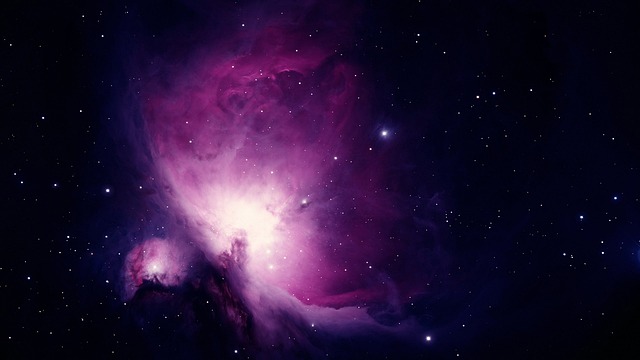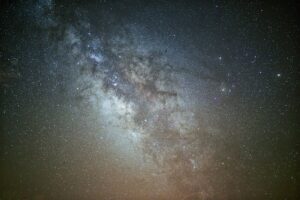Discover the rare opportunity to witness a spectacular Northern Lights show in the United States this week. Read on to learn about the best locations and essential tips on how to maximize your chances of witnessing the mesmerizing Aurora Borealis phenomenon.
Are you ready for a breathtaking natural spectacle? Brace yourself, as a rare Northern Lights show is set to grace the skies of the United States this week. The mesmerizing Aurora Borealis, renowned for its ethereal dance of vibrant colors, will provide a truly unforgettable experience. In this article, we’ll guide you on where and how to witness this rare celestial event.
What are the Northern Lights?
The Northern Lights, also known as the Aurora Borealis, are a natural phenomenon caused by the interaction between charged particles from the sun and the Earth’s magnetic field. These collisions emit radiant colors that illuminate the night sky, painting it with stunning hues of green, purple, pink, and blue.
Timing and Location
To catch the Northern Lights in the United States, you’ll need to be in the right place at the right time. Although it’s a rare occurrence, this week presents a unique opportunity for sky gazers. Keep an eye on the weather forecast and look for clear, dark skies, as light pollution can obstruct the visibility of the auroras. The best locations to observe the Northern Lights in the US include:
Alaska: Known as one of the prime destinations to witness the auroras, Alaska offers breathtaking views due to its proximity to the Arctic Circle.
Northern States: States like Minnesota, North Dakota, and Michigan occasionally experience Northern Lights displays.
Maine: The northern regions of Maine occasionally offer sightings, particularly during strong geomagnetic storms.
Washington: In rare instances, the Northern Lights can be spotted in Washington state, especially in areas with low light pollution.
Tips for Optimal Viewing
To enhance your chances of witnessing the Northern Lights, here are a few tips to keep in mind:
Check the forecast: Stay updated on the geomagnetic activity forecast, as it will help you identify nights with a higher likelihood of aurora sightings.
Seek darkness: Locate areas with minimal light pollution, such as national parks or remote regions, to maximize the visibility of the auroras.
Be patient: Viewing the Northern Lights is a waiting game. Prepare to spend several hours outdoors, as the display can be unpredictable and may appear intermittently.
Bring essential equipment: Carry a sturdy tripod to stabilize your camera for capturing long exposure shots of the auroras. Additionally, dress warmly and bring snacks, drinks, and blankets to ensure comfort during your night-long expedition.
Capturing the Moment
If you’re keen on photographing the Northern Lights, equip yourself with the following essentials:
DSLR camera: A camera with manual settings will allow you to adjust exposure and focus settings to capture the beauty of the auroras.
Wide-angle lens: Opt for a lens with a focal length between 14mm and 24mm to capture a wide field of view and include more of the night sky.
Tripod: A sturdy tripod is essential for keeping your camera stable during long exposures.
Remote shutter release: This accessory will minimize camera shake, ensuring crisp and clear images.
Stay Informed
Keep an eye on reliable sources of information, such as local weather agencies or aurora forecast websites, to stay updated on the latest aurora activity and receive alerts when the conditions are favorable.
Don’t miss this rare opportunity to witness the awe-inspiring Northern Lights in the United States. Plan your trip, choose the right location, and be prepared for an unforgettable experience. Remember, patience and a little luck are key to capturing the beauty of the Aurora Borealis. So, wrap up warm, grab your camera gear, and get ready to be mesmerized by nature’s magical light show!












